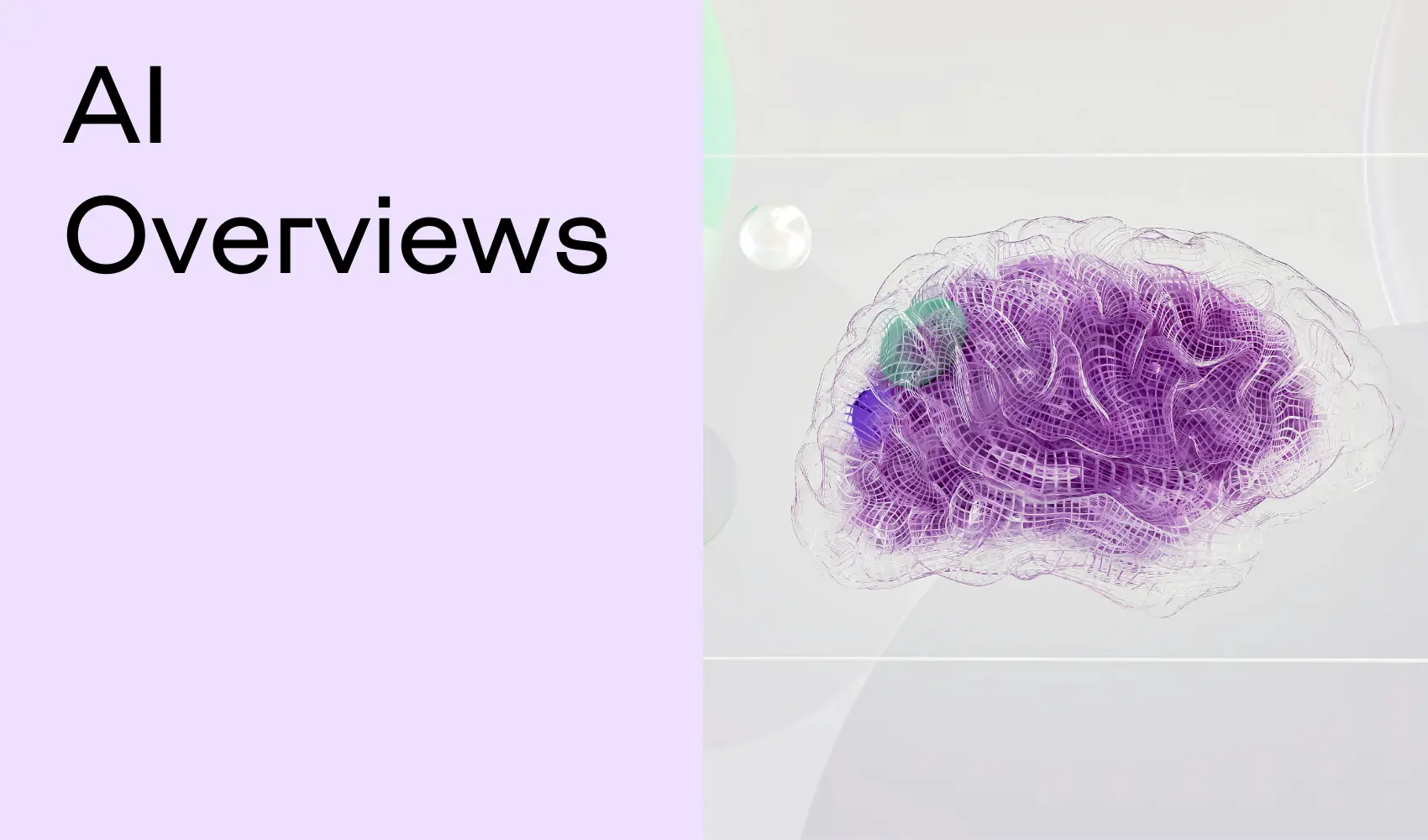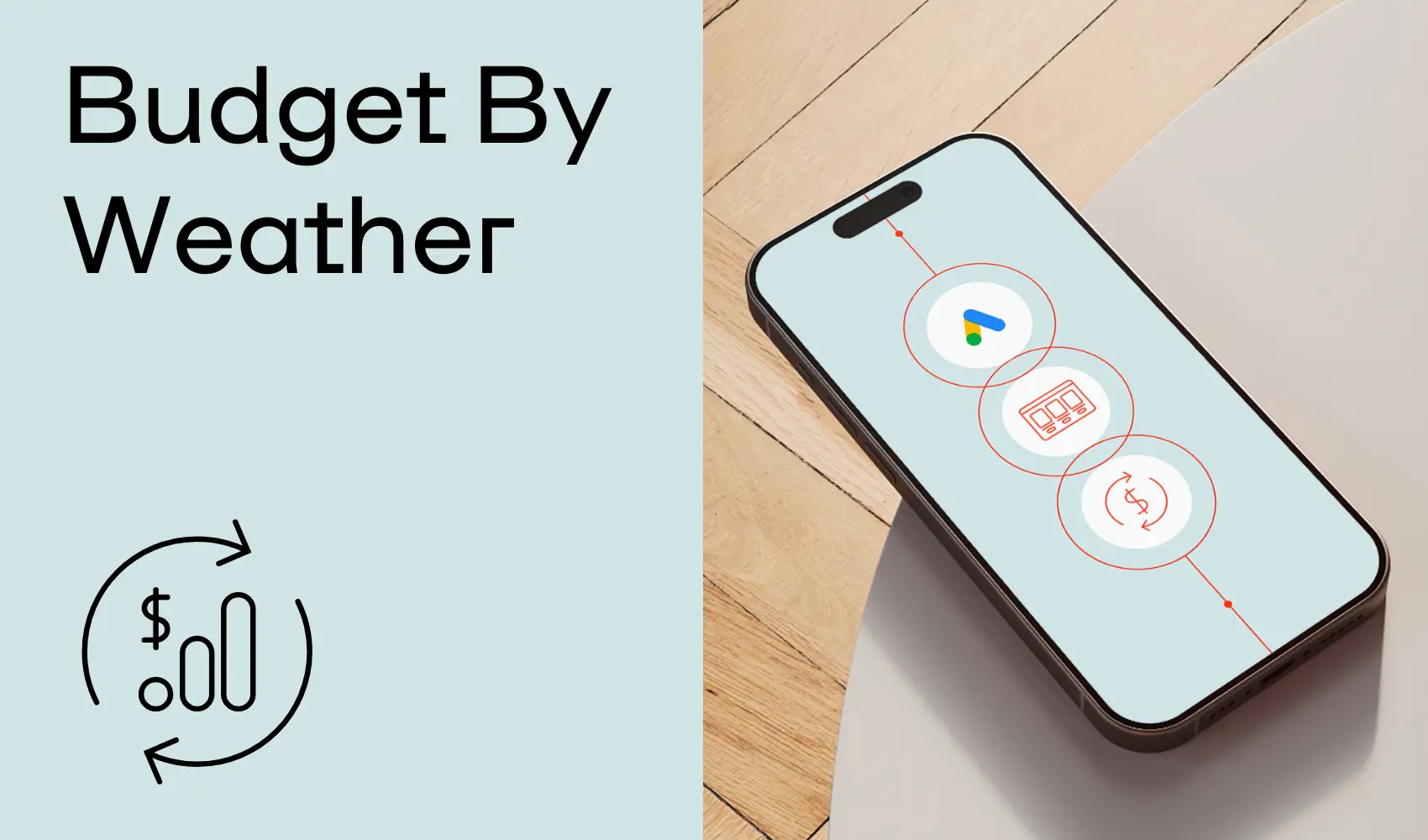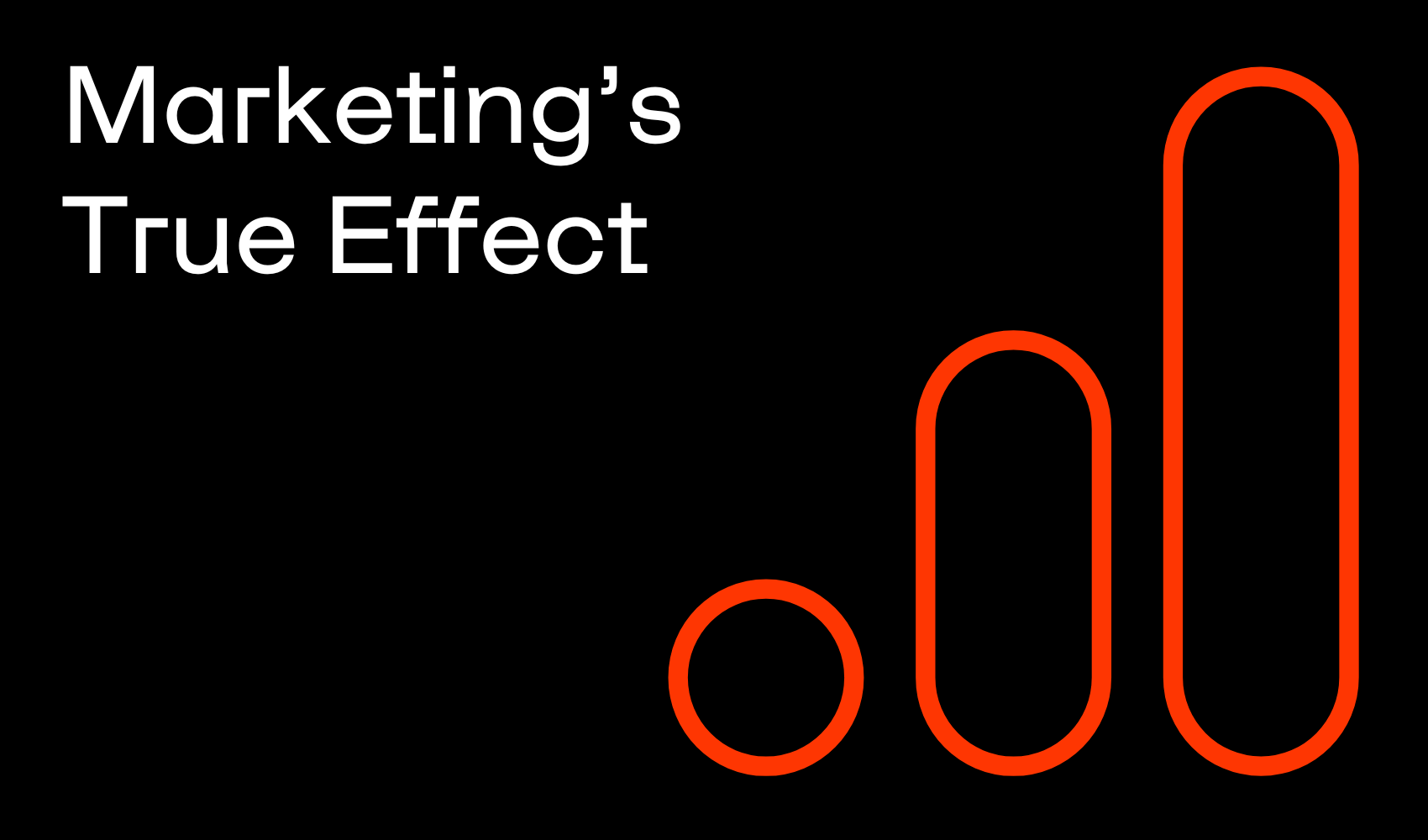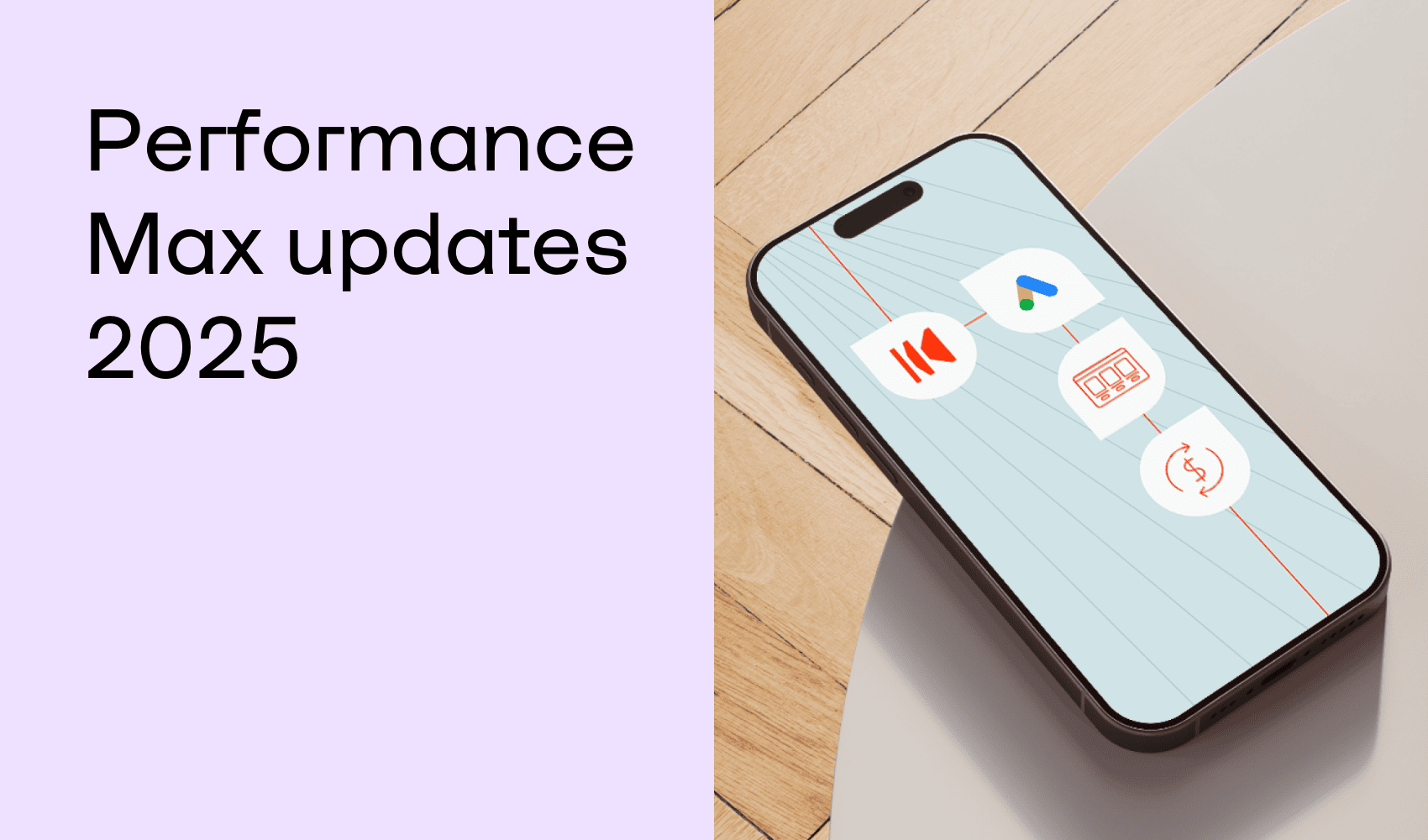Google's launch of AI Overviews has changed the way people search for information. It's not a temporary trend, but a paradigm shift. For anyone working with SEO, content and digital advertising This means a whole new reality to adapt to. This article also includes a free guide on how to optimize the content on your website so that you can be "cited" by AI.
Main content
- AI Overviews delivers AI-generated summaries at the top of search results, with multiple source citations and links.
- Search behavior is shifting: users are making more searches per session and are not just clicking on the first organic result – source credibility is becoming crucial.
- SEO goes from simple keyword optimization to Research SEO, where authority, semantic coverage and clear structure (subheadings, lists, source references) are prioritized.
- Google Ads needs to adapt: ads must be contextually relevant and timely, as AI interprets search intent and displays tailored ad formats.
- Strategy going forward: produce content that covers the entire customer journey and is optimized to be cited by AI, and let Google's dynamic ad technology automatically fine-tune headlines and descriptions in real time.
What is AI Overview?
AI Overviews are Google's new way of delivering search results to a user. Instead of just showing ads, links and selected excerpts The user can ask complex questions and receive a summarized answer from AI at the top of the search results – based on multiple source references. These answers are enriched with links, company names, logos, to web pages that contain the information.
The feature is based on Google's own version of Gemini – a multimodal language model, adapted to work together with traditional search technology.
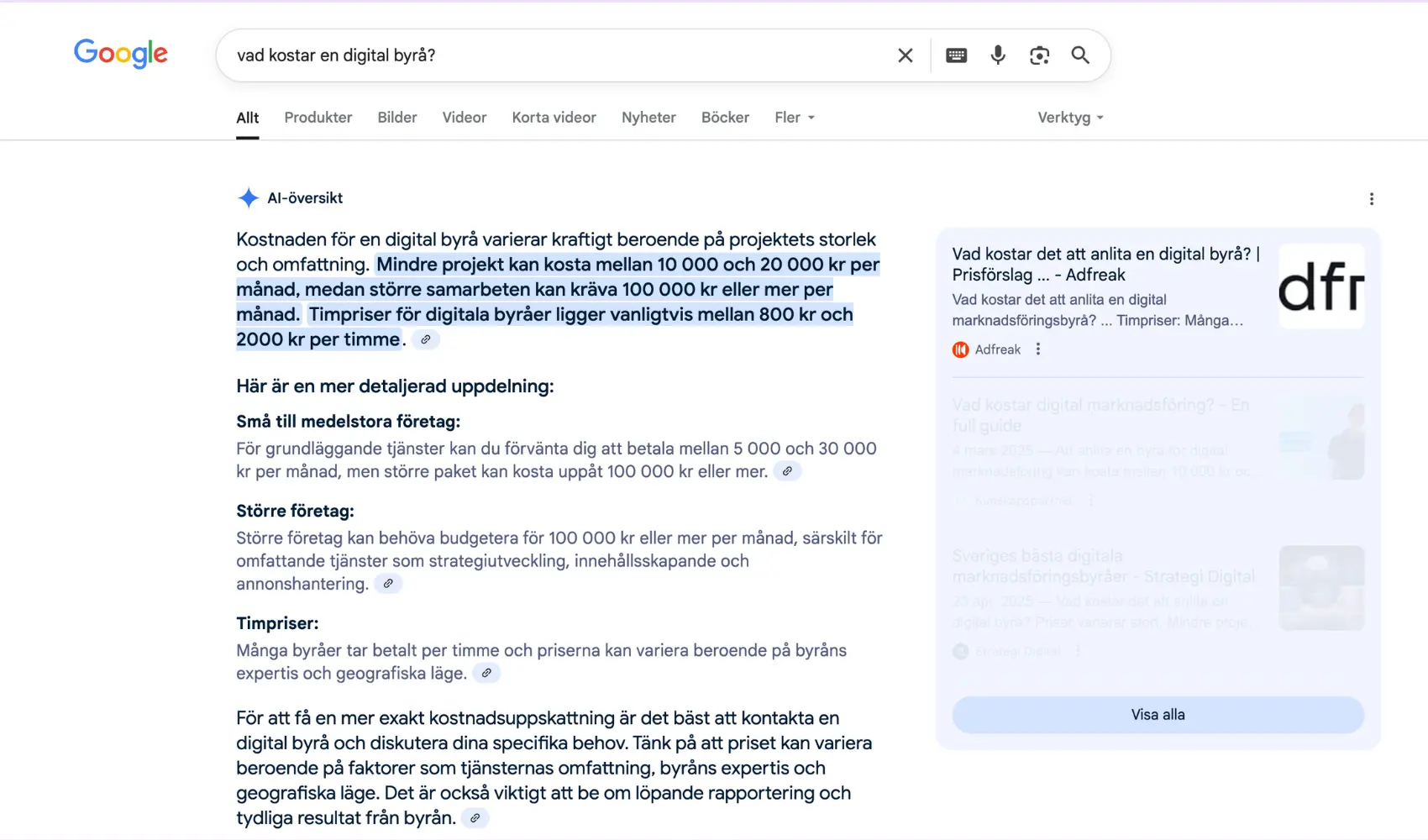
How do AI Overviews change search behavior?
During the test period in Search Labs Google saw that AI Overviews lead to an increase in searches per session and a greater variation in which websites get clicks. This suggests that users are quickly getting an overview with more links and then choosing to delve deeper through different sources. Good news – if you are a relevant and trusted source.
The need to click on the first organic result has diminished. It is no longer necessary to be in position #1 – the important thing is that you are a source that Google’s AI trusts to create context.
What does this mean for SEO and strategic content optimization?
Traditional SEO has often been about optimizing for single keywords. But with AI Overviews, context becomes more important than ranking. This represents a clear shift towards Research SEO – where the goal is to contribute to the user’s knowledge journey rather than just being visible.
- Trust: Your domain must signal authority, transparency, and trustworthiness.
- Semantic coverage: The content needs to cover a topic broadly and deeply, not just focus on one keyword.
- Format and structure: Text that is clearly structured, with subheadings, bullet points and source references, has a greater chance of being selected by the AI.
- Use natural language without “fluff” when describing your content. This means answering the user’s questions directly with clear, user-friendly answers instead of repeating keywords unnecessarily.
This means that content work becomes more long-term strategic and less tactical. You need to be useful – not just visible.
In the short term, traffic could be impacted if AI Overviews answer questions directly in the SERP, without the user clicking through. But in the long term, it’s about building content that is actively used as a source by Google. This requires that each article is not just optimized – but optimized to be quoted by the AI.
My recommendation: work systematically with thematic content groups, internal linking, expert quality, and data-driven source references. The AI will search for credible structures.
Source: Top ways to ensure your content performs well in Google's AI experiences on Search
Here you will find a free guide with practical tips on how to optimize your website content to appear in AI Overviews on Google Search.
DownloadHow is Google Ads affected by AI Overviews?
AI Overviews aren’t just impacting organic content – they’re also changing how ads are created with it. Google Ads consumed. Ads continue to appear in specific sections, but since the user now receives direct responses, ads need to have more meaning in context, become more relevant and timely.
An example they highlighted Google Marketing Live 2025, when a person searched for “how do I transport my dogs to Spain?” AI Overviews had then managed to understand the user’s needs and displayed Shopping ads with dog cages. By analyzing the user’s search query, AI can also understand the intent behind it and suggest products or services that can solve the need.
Summary: Time to produce content
AI Overviews is not a feature we can ignore – it’s a paradigm shift. To appear in Google’s AI Overviews with information and ads, we first need to create content that covers the entire customer journey – answering every question, from curiosity to purchase decision. Then we let Google’s responsive and dynamic ad technology use that content to automatically fine-tune headlines and descriptions in real time. This way, we maximize both the relevance to each search query and the chance that our content will appear in AI Overviews.
Common questions & answers
AI Overviews is Google's new feature that displays AI-generated summaries at the top of search results, built on multiple source references and enriched with links, company names, and logos.
Users are conducting more and longer searches per session and are not just clicking on the first organic result. Instead, they are choosing the sources that the AI shows, making credibility and authority crucial.
Research SEO focuses on covering a topic broadly and deeply with authority, semantic relevance, and clear structure, instead of optimizing for single keywords and ranking highest.
Make sure your domain signals authority and transparency, use clear subheadings, bullet points, and source references, and work with thematic content groups and internal linking. Use language that is natural and avoid overusing keywords.
In the short term, directly answered questions in the SERP may reduce clicks, but in the long term, you benefit from becoming a trusted source that the AI cites – which can increase your visibility and traffic.
Ads need to become more relevant and timely in context, as AI interprets search intent and displays tailored ad formats; use AI-based campaign formats like Performance Max, Demand Gen, AI Max for search campaigns.
Response: For Google AI to automatically pick up your page in AI-generated overviews, you need to combine technical structure with qualitative content:
1. Structured data with schema markup
Mark up your Q&A sections with FAQPage or HowTo schema so that AI quickly identifies which question and which answer you are offering.
2. Strong SEO signals and high organic rankings
Maintain a high ranking in regular search results by publishing authoritative, relevant content, collecting quality backlinks, and building domain authority.
3. Concise, user-friendly answer at the top
Place a short, clear answer (40–60 words) right at the beginning of the page. AI models often pick this first text as an overview.
4. Optimized performance and mobile adaptation
Fast loading times (Core Web Vitals) and mobile-friendly design reduce bounce rates and increase the chance that AI will choose your page as a source.
5. Clear heading structure
Use H1/H2 phrased as questions and answers, so AI can easily map the user's search query to the correct section on your page.
These five steps ensure that the AI system both finds and understands your content in depth, significantly increasing the likelihood of your website appearing in Google AI Overviews.
